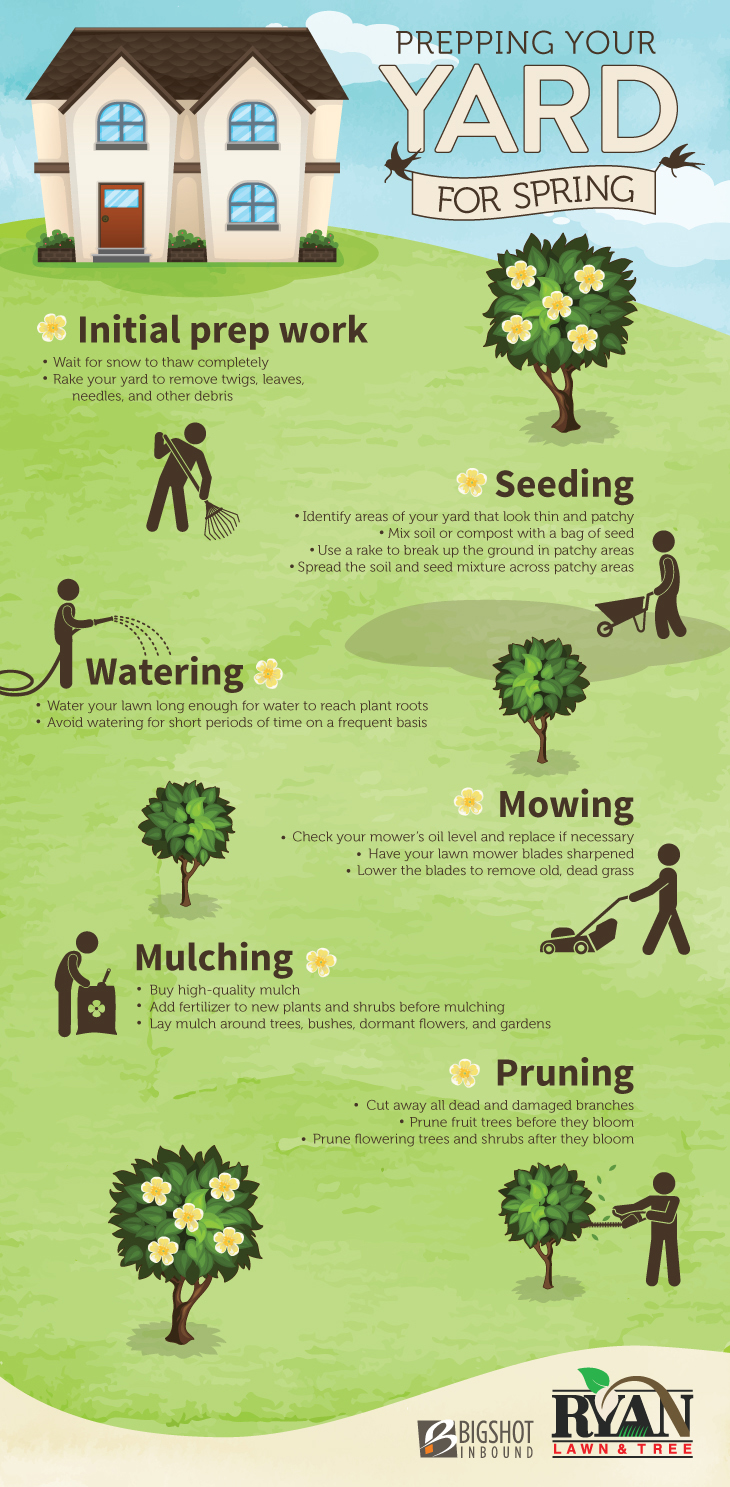The Environmental Effect Of Tree Removal: What You Must Know
The Environmental Effect Of Tree Removal: What You Must Know
Blog Article
Content Create By-Willard Lake
When it comes to the environmental impact of tree removal, there are crucial facets that require your interest. From the elaborate internet of connections within ecosystems to the subsequent effects on climate patterns, the effects are profound. You might be surprised to discover the intricate ways in which the elimination of trees can resound throughout the atmosphere. Remain tuned to decipher the elaborate connections and ramifications of this relatively uncomplicated act.
Logging and Environment Loss
Deforestation and habitat loss are essential concerns stemming from tree removal. When trees are cut down, it interferes with whole ecological communities. Not only are the trees themselves shed, but the homes and food resources of plenty of plant and pet varieties are destroyed too. Birds shed their nesting sites, animals lose their shelter, and pests shed their environments. The impacts surge through the food web, affecting killers and victim alike.
Additionally, logging adds to environment modification. Trees play an essential duty in taking in co2, a greenhouse gas that traps heat in the atmosphere. With fewer trees, there's much less co2 absorption, resulting in increased degrees of this gas in the atmosphere and exacerbating worldwide warming.
Habitat loss is a straight result of deforestation, as the devastation of woodlands implies the loss of unique and diverse communities. Many types are unable to adjust to fast modifications in their environment, bring about populace decreases and, in some cases, termination.
Protecting forests is necessary to maintaining the fragile balance of nature and ensuring the survival of numerous plant and animal varieties.
Influence on Biodiversity
The elimination of trees has a considerable effect on biodiversity, affecting the selection and abundance of plant and animal species in a location. Trees offer environment and food sources for many microorganisms, from bugs to birds to mammals. When trees are removed, these species shed their homes and sources of food, resulting in a decline in their populaces. This disturbance can have plunging effects on the whole ecological community.
In addition, trees play an essential function in maintaining biodiversity by developing microhabitats within their canopies, trunks, and roots that sustain a large range of types. When trees are cut down, these specialized environments are ruined, lowering the overall diversity of the location.
Furthermore, the elimination of trees can cause a reduction in hereditary diversity within plant populations, as particular tree species might no longer have the ability to recreate or disperse properly. Protecting trees and woodlands is crucial for protecting biodiversity and guaranteeing the wellness of ecosystems for future generations.
Dirt Erosion and Climate Modification
With trees being removed from an area, the disturbance of dirt framework and stability occurs, resulting in increased soil erosion. Trees play an important function in preventing erosion by holding dirt in position with their root systems. When trees are gotten rid of, specifically in lots, the dirt ends up being much more susceptible to disintegration from wind and water. This erosion not only affects the immediate surroundings but can also bring about sedimentation in nearby water bodies, affecting water top quality and marine ecological communities.
In addition, trees help manage the environment by taking in co2 during photosynthesis. When trees are lowered, this natural carbon sink is reduced, contributing to raised degrees of greenhouse gases in the ambience. This can worsen climate modification, leading to even more extreme weather condition events and interruptions in communities worldwide.
Therefore, https://griffinnalwh.activablog.com/32237875/anticipated-trends-in-stump-grinding-technology-what-to-keep-an-eye-out-for of trees not only increases dirt disintegration however likewise contributes in the larger environmental concern of climate change. https://www.bhg.com.au/garden-edging-ideas to consider these aspects when analyzing the influences of tree elimination on the setting.
Conclusion
Now that you recognize the environmental effect of tree removal, consider the consequences prior to lowering trees. Logging disrupts environments, minimizes biodiversity, and adds to dirt erosion and environment change. By bearing in mind the effect of tree removal, you can assist shield our setting and protect the fragile balance of nature. Make educated selections and take into consideration alternate options to decrease the unfavorable effects on our planet.
